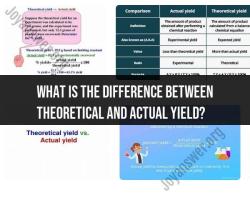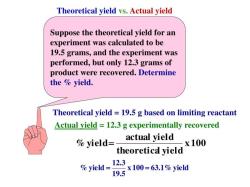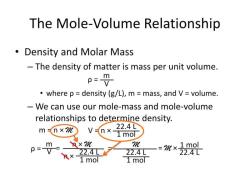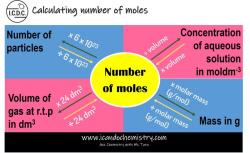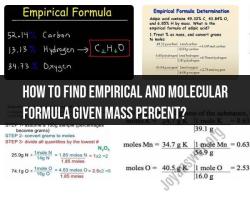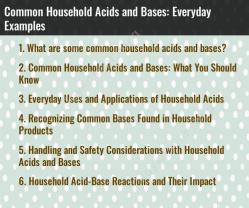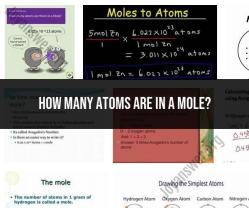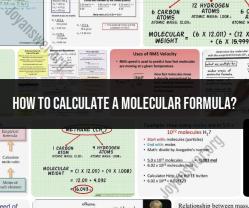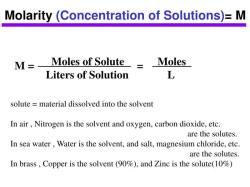What is the value of the equilibrium constant?
The equilibrium constant (K) is a fundamental concept in chemistry used to describe the extent of a chemical reaction at equilibrium. It quantifies the relationship between the concentrations of products and reactants at equilibrium for a given chemical reaction. The value of the equilibrium constant (K) varies depending on the specific reaction and its balanced chemical equation.
The general form of an equilibrium constant expression for a reaction is as follows:
Where:
- , , , and are the coefficients in the balanced chemical equation.
- , , , and are the reactants and products in the reaction.
- The equilibrium constant is given by:
In this expression, , , , and represent the concentrations of the respective products and reactants at equilibrium. The equilibrium constant is specific to a particular reaction and its temperature. It is determined experimentally and can have a wide range of values.
The significance of the equilibrium constant lies in its ability to provide information about the position of equilibrium in a chemical reaction. Here's what different values of indicate:
K >> 1: When the equilibrium constant is much greater than 1, it indicates that the reaction favors the formation of products at equilibrium. In other words, there are relatively high concentrations of products compared to reactants at equilibrium.
K << 1: When is much less than 1, it suggests that the reaction favors the reactants at equilibrium, and there are relatively low concentrations of products compared to reactants.
K ≈ 1: If is approximately equal to 1, it implies that the concentrations of products and reactants at equilibrium are roughly similar, indicating that the reaction reaches a state of dynamic balance with no significant favoring of either reactants or products.
The numerical value of depends on the specific reaction, and it can be calculated if you know the concentrations of products and reactants at equilibrium. The units of are determined by the concentrations used (e.g., moles per liter, molarity), and the magnitude of provides insight into the relative concentrations of products and reactants in the equilibrium mixture.
It's important to note that the value of the equilibrium constant can change with temperature. The relationship between and temperature is described by the Arrhenius equation, and as temperature changes, the position of equilibrium may shift, leading to changes in the value of .


